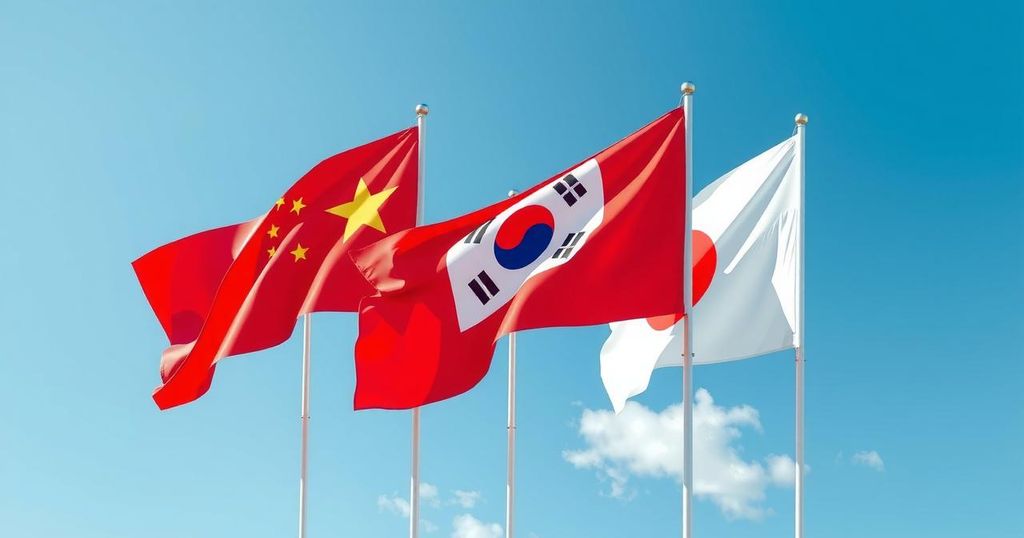Politics
ARGENTINA, ARISTA, BLOOMBERG, BOLIVIA, CHILE, CLIMATE CHANGE, CUBA, EU, EUROPE, EUROPEAN UNION, FRANCE, GEOPOLITICS, JOSÉ ARISTA, LIMA, MARCELO ROCHABRUN, MERCOSUR, NATIONAL SECURITY, NORTH AMERICA, PARIS, PERU, POLAND, SOUTH AMERICA, TRADE RELATIONS, TRUMP, UN, UNITED STATES, US
Sophia Klein
Peru Braces for Potential Migration Surge from Bolivia Amid Economic Turmoil
Peru is preparing for a possible influx of Bolivian migrants due to the worsening economic situation in Bolivia, marked by declining currency reserves and rising inflation. Peruvian Finance Minister José Arista expressed concerns over this migration wave but emphasized the need for higher-skilled migrants. Despite past challenges with Venezuelan migrants, Peru’s stronger economic outlook positions it favorably compared to neighboring countries, potentially making it the preferred destination for Bolivians seeking better opportunities.
Authorities in Peru and other Latin American countries are closely monitoring the deteriorating economic situation in Bolivia, which could potentially lead to a new wave of migration. Peruvian Finance Minister José Arista expressed concern over the impending influx, stating, “Now, possibly, we are worried about the migration that could come from Bolivia.” The economic turmoil in Bolivia is evident, characterized by a dwindling reserve of foreign currency, rampant inflation, and severe fuel shortages, which hinder economic activities. While Minister Arista indicated that he is not overly anxious about the prospect of migration, he emphasized the need for the government to focus on attracting higher-skilled migrants. In recent years, South America has experienced significant migration, particularly due to the exodus of seven million Venezuelans fleeing their home country in search of better economic prospects and safety. Approximately 1.5 million of these migrants have settled in Peru, resulting in increased xenophobia, concerns surrounding transnational crime, and heightened governmental measures to curb further immigration while facilitating deportation processes. A potential surge in Bolivian migrants to Peru would occur amidst this already sensitive climate. Minister Arista articulated the economic benefits of migration, hinting at the complexities involved, particularly regarding the immediate absorption of labor. He remarked on the previous influx of Venezuelans, stating, “The bad part is that maybe those workers came in a moment when we didn’t have the capacity to absorb their productive activities.” Despite these challenges, the Peruvian government remains optimistic about its economic prospects. According to Arista, the current economic growth rate of three percent positions Peru favorably compared to its regional neighbors, which may attract Bolivian migrants. He concluded, “I think that population will choose Peru,” alluding to the relatively stable and optimistic economic outlook that positions Peru as a prime destination over countries like Chile and Argentina, which are struggling for growth and stability.
The article discusses the potential migration crisis looming in Peru due to the economic instability in Bolivia. Recent events highlight that Bolivia is nearing an economic collapse characterized by drastic devaluation of its currency, skyrocketing inflation, and fuel shortages. In contrast, Peru is experiencing a more favorable economic environment. The focus on migration stems from the recent influx of Venezuelans into Peru, which has created societal challenges, including xenophobia and increased governmental resistance to migration.
In conclusion, the anticipated migration from Bolivia to Peru could pose both challenges and opportunities for the Peruvian economy. While authorities recognize the potential benefits of skilled migration, they remain cautious of the impacts of low-skilled labor influx, particularly following the complex experiences from the Venezuelan migration wave. Minister Arista’s comments reflect Peru’s current economic resilience, which may attract Bolivian migrants but also necessitate strategic planning to manage integration effectively.
Original Source: www.batimes.com.ar






Post Comment